Orthopedic, Mobility, & Post-Surgical Rehab
- Knee Surgery & ACL Rehab: Find Therapy After Knee Replacement
- Post-Shoulder Surgery Rehab: Rotator Cuff & Labral Repair Recovery
- Post-Hip Replacement Rehab: Recovery & Therapy
- Back Surgery Rehab & Recovery Therapy | Expert Rehab Plans
- Frozen Shoulder Adhesive Capsulitis Rehab
- Tendonitis Rehab & Treatment | Achilles, Patellar & Rotator Cuff Tendonitis Therapy
- Low Back Pain Rehab & Therapy | Expert Treatment & Recovery
- Sciatica Pain Relief & Rehab Therapy | Find Trusted Sciatica Specialists
- Neck Pain: Causes, Treatment & Therapists Near You
- Chronic Pain & Fibromyalgia: Causes, Relief & Therapy
- Torticollis in Babies & Adults: Causes, Symptoms & Therapy
- Toe Walking in Children: Causes, Therapy Options & When to Worry
- Scoliosis in Children and Teens: Symptoms, Treatment & Therapy Support
Post-Shoulder Surgery Rehab: Rotator Cuff & Labral Repair Recovery

Authored by: The DrSensory Editorial Team
Reviewed by: 🛡️ DrSensory Clinical Review Board – Doctor of Therapy Rehab Division
Last updated: June 2025
Post-Shoulder Surgery Recovery: Rotator Cuff & Labral Repair Rehabilitation
Understanding Shoulder Surgeries
Rotator Cuff Repair
The rotator cuff consists of four muscles and their tendons that stabilize the shoulder. Tears can occur due to trauma or degenerative changes. Surgical repair aims to reattach the tendon to the bone, restoring function and alleviating pain.
Labral Repair
The labrum is cartilage that forms a cup for the ball of the shoulder joint. Tears, such as SLAP (Superior Labrum Anterior to Posterior) lesions, can lead to instability and pain. Surgical repair involves reattaching the labrum to the bone to restore stability.
Post-Surgical Rehabilitation Phases
Phase 1 – Protection and Passive Motion (0–6 Weeks)
- Goals: Protect the surgical site, manage pain and swelling, and begin gentle passive range of motion (ROM) exercises.
- Activities: Use of a sling as directed, passive shoulder exercises, and hand/wrist/elbow mobility.
- Precautions: Avoid overhead movements and excessive external rotation.
Phase 2 – Active Motion and Early Strengthening (6–12 Weeks)
- Goals: Increase active ROM and initiate light strengthening exercises.
- Activities: Active-assisted ROM exercises, isometric strengthening, and scapular stabilization exercises.
- Precautions: Avoid lifting heavy weights and high-impact activities.
Phase 3 – Strengthening and Functional Training (12–24 Weeks)
- Goals: Restore full strength and functional movement patterns.
- Activities: Progressive resistance exercises, proprioceptive training, and sport-specific drills.
- Precautions: Monitor for any signs of pain or discomfort; adjust exercises accordingly.
Importance of Physical Therapy
Physical therapy is crucial for optimal recovery, helping to:
- Reduce pain and inflammation
- Restore range of motion
- Strengthen shoulder muscles
- Improve functional movement
- Prevent future injuries
A structured rehabilitation program tailored to individual needs can significantly enhance recovery outcomes.
Further Reading:
>NIH: Rotator cuff repair: post-operative rehabilitation concepts
Finding a Physical Therapist Near You
DrSensory connects patients with licensed physical therapists specializing in post-surgical shoulder rehabilitation. Use our directory to:
- Search by location
- Filter by specialty
- View therapist profiles
- Book appointments online
For Therapists: Enhance Your Practice Visibility
Join DrSensory to:
- Increase your online presence
- Attract patients seeking shoulder rehabilitation
- Manage appointments and patient communications
Frequently Asked Questions (FAQ)
How soon after shoulder surgery should I start physical therapy?
Physical therapy typically begins within 1–3 days post-surgery, focusing initially on passive range of motion exercises to protect the healing tissues.
What are the risks of not undergoing physical therapy after shoulder surgery?
Skipping physical therapy can lead to stiffness, weakness, decreased range of motion, and increased risk of re-injury.
Will I regain full shoulder function after surgery?
With adherence to a structured rehabilitation program, most patients can expect to regain 80–90% of their pre-injury shoulder function.
How long does it take to return to sports after shoulder surgery?
Return to sports is typically considered around 6–12 months post-surgery, depending on the type of surgery and individual recovery progress.
This page provides general educational content and is not a substitute for professional medical advice. Always consult a licensed provider for diagnosis and treatment.
View privacy policy, copyright and trust info
More on Orthopedic, Mobility, & Post-Surgical Rehab

- Knee Surgery & ACL Rehab: Find Therapy After Knee Replacement
- Post-Shoulder Surgery Rehab: Rotator Cuff & Labral Repair Recovery
- Post-Hip Replacement Rehab: Recovery & Therapy
- Back Surgery Rehab & Recovery Therapy | Expert Rehab Plans
- Frozen Shoulder Adhesive Capsulitis Rehab
- Tendonitis Rehab & Treatment | Achilles, Patellar & Rotator Cuff Tendonitis Therapy
- Low Back Pain Rehab & Therapy | Expert Treatment & Recovery
- Sciatica Pain Relief & Rehab Therapy | Find Trusted Sciatica Specialists
- Neck Pain: Causes, Treatment & Therapists Near You
- Chronic Pain & Fibromyalgia: Causes, Relief & Therapy
- Torticollis in Babies & Adults: Causes, Symptoms & Therapy
- Toe Walking in Children: Causes, Therapy Options & When to Worry
- Scoliosis in Children and Teens: Symptoms, Treatment & Therapy Support
Find a Therapist near you
Are you looking for a physical, occupational, or speech therapist in your area?
Look no further than the DrSensory Therapist Database and Clinic Directory!
Find a Therapist
Find the physical therapist, occupational therapist, or speech language pathologist you’re looking for!
Ask Us Anything
Whether you are looking for advice, have a general question about sensory processing, or looking for resources.
Submit Your Story
Share your story about your child. Let’s celebrate milestones and learn more about challenges.





















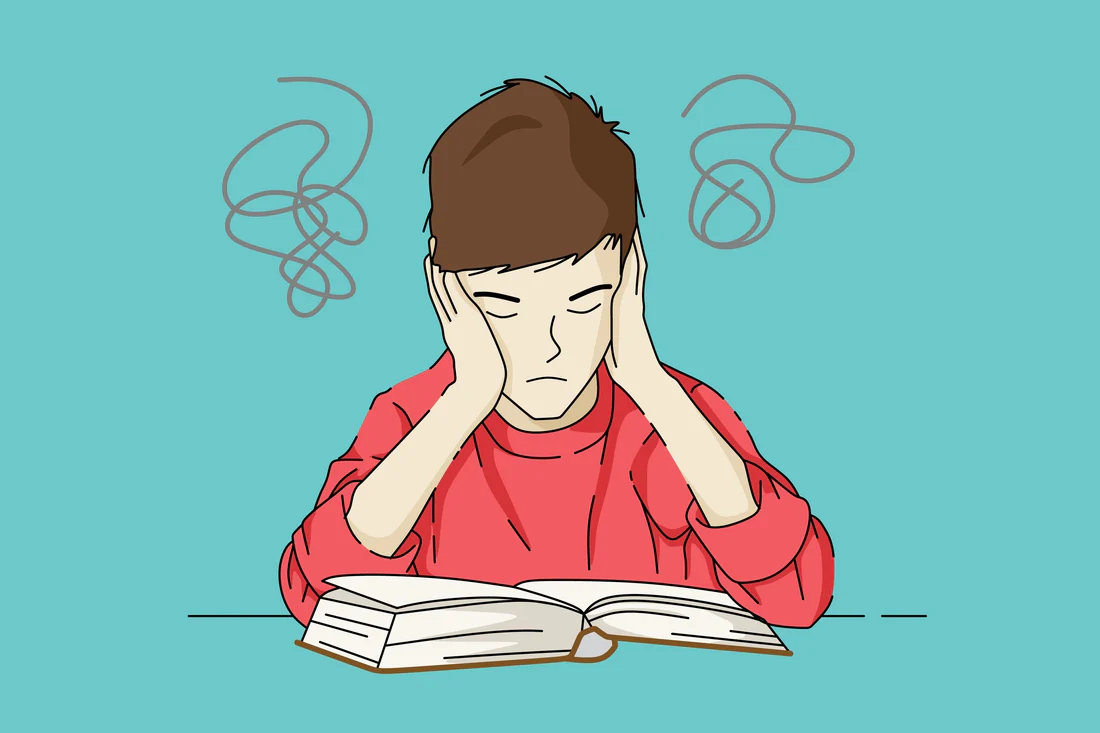



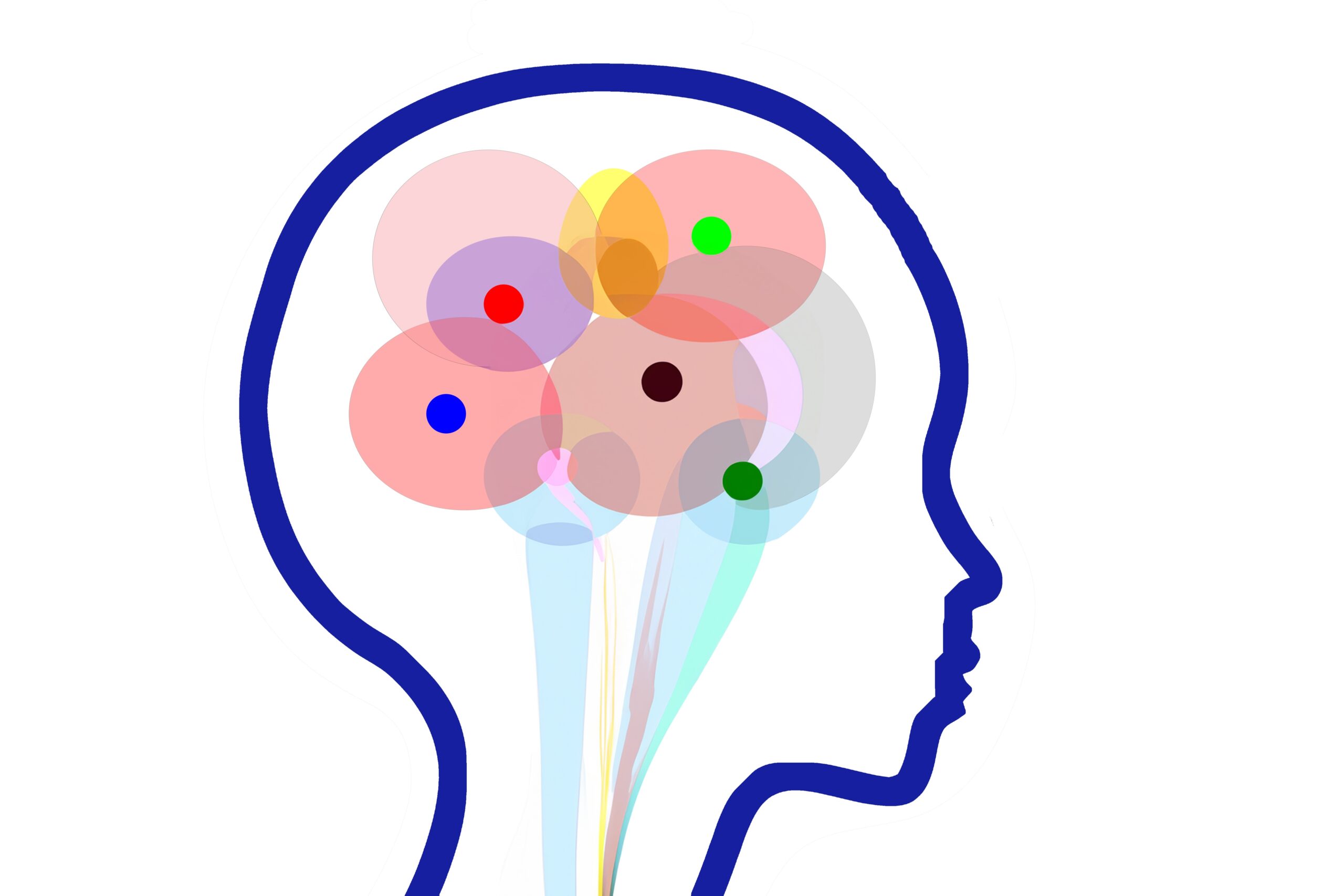
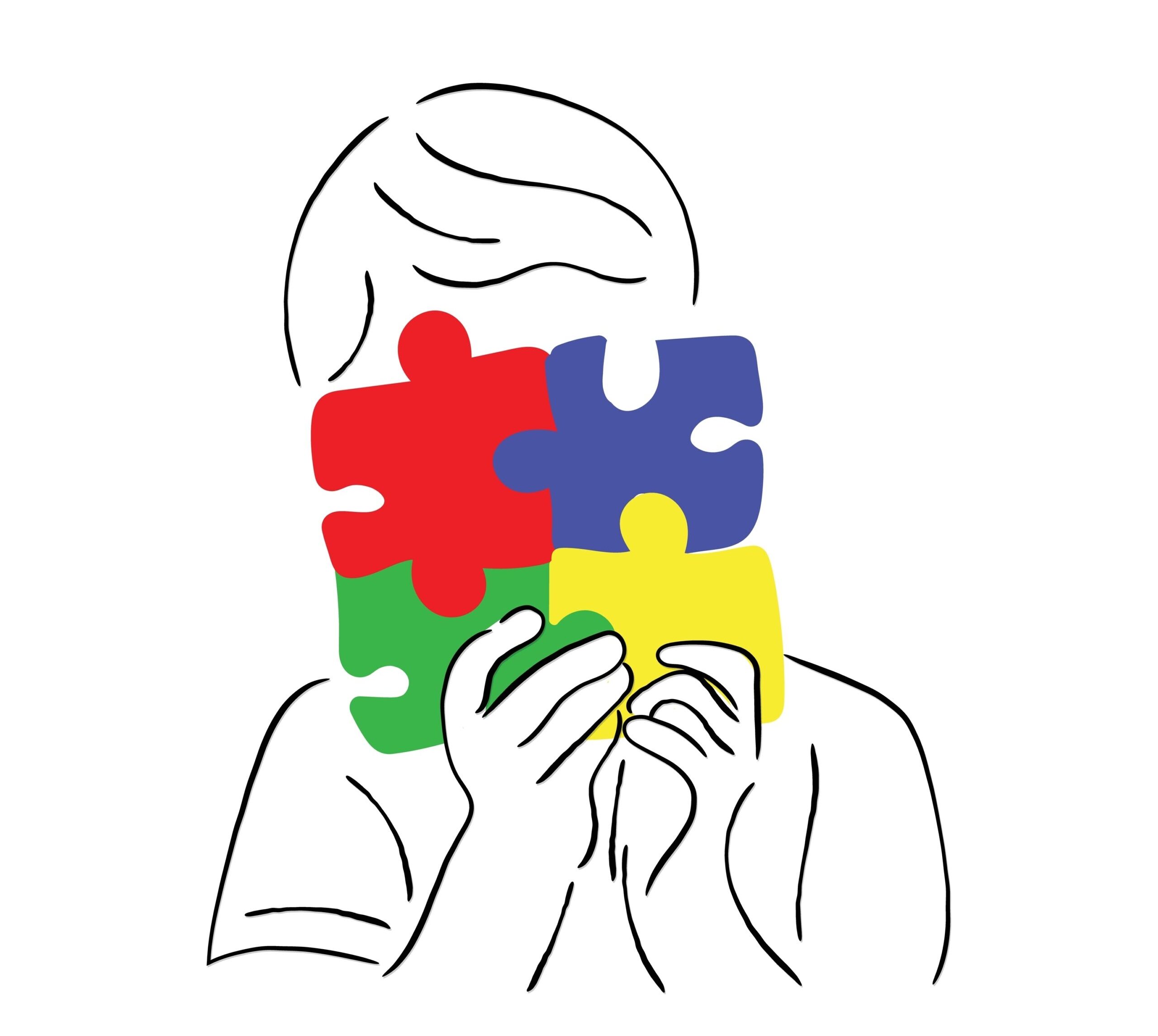
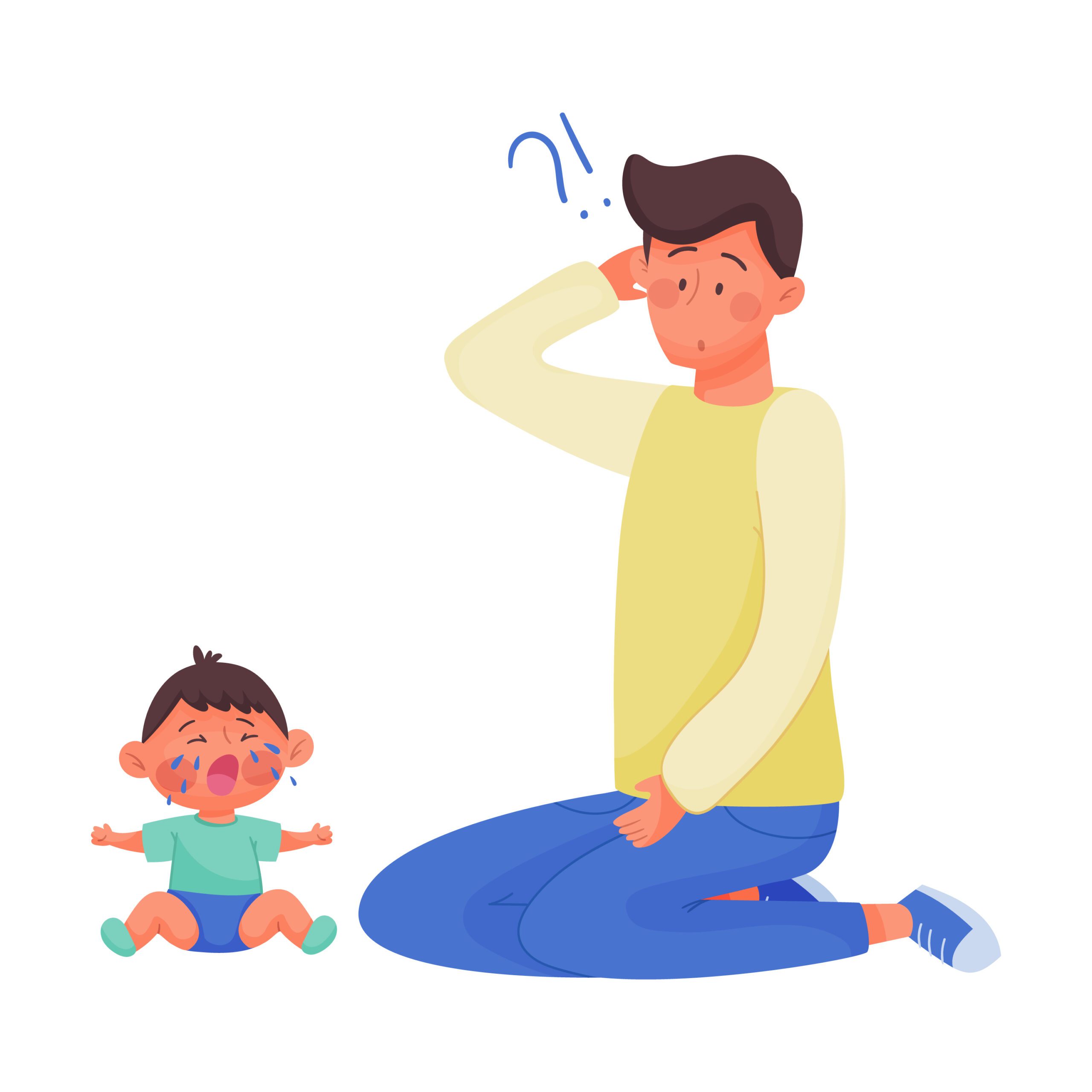

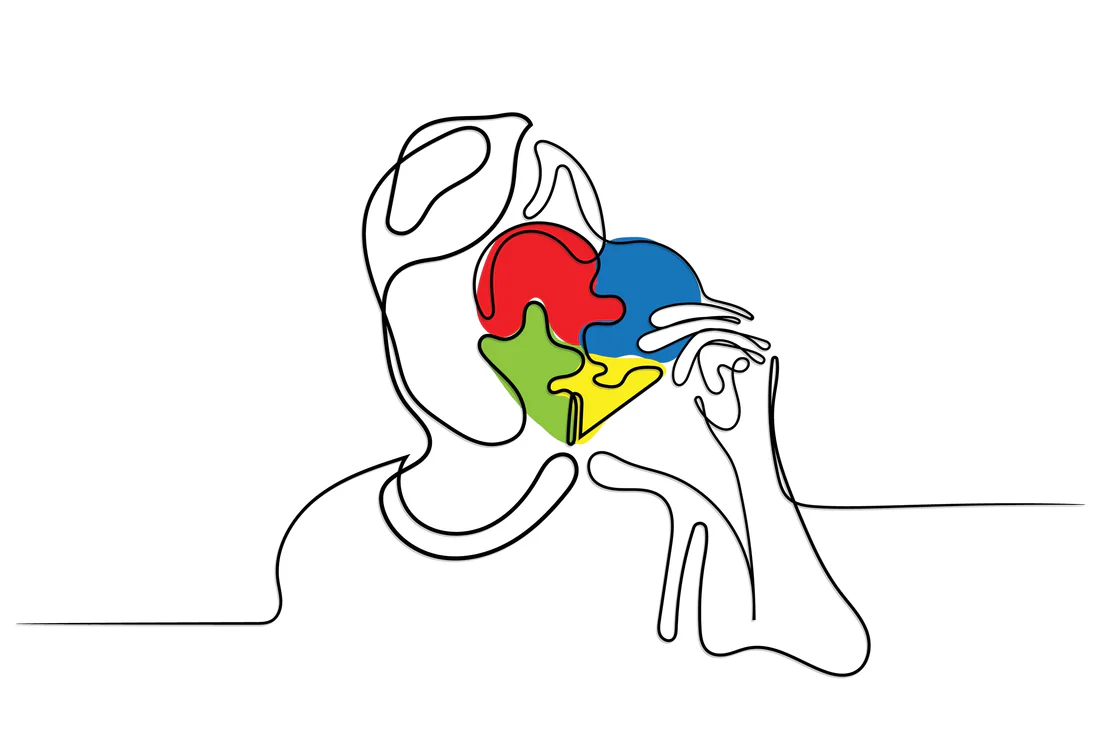










 Speech Therapy
Speech Therapy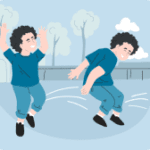 Physical Therapy
Physical Therapy Occupational Therapy
Occupational Therapy




